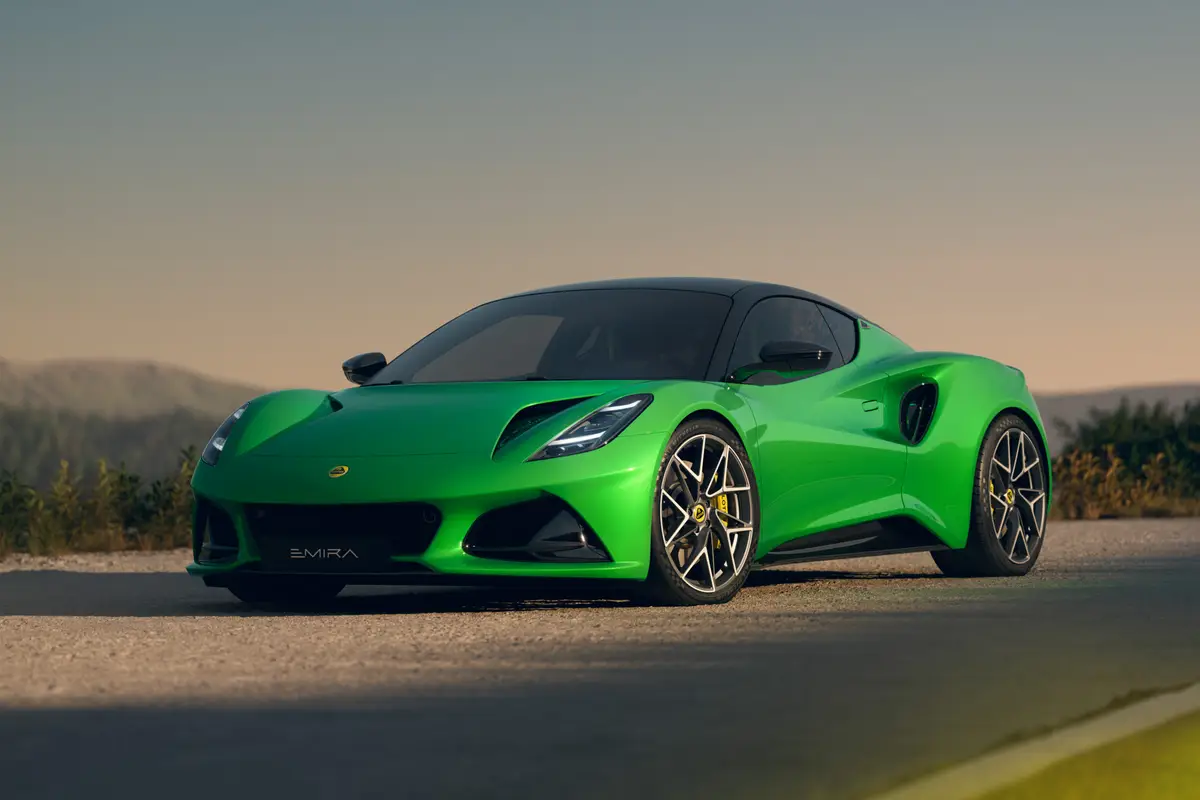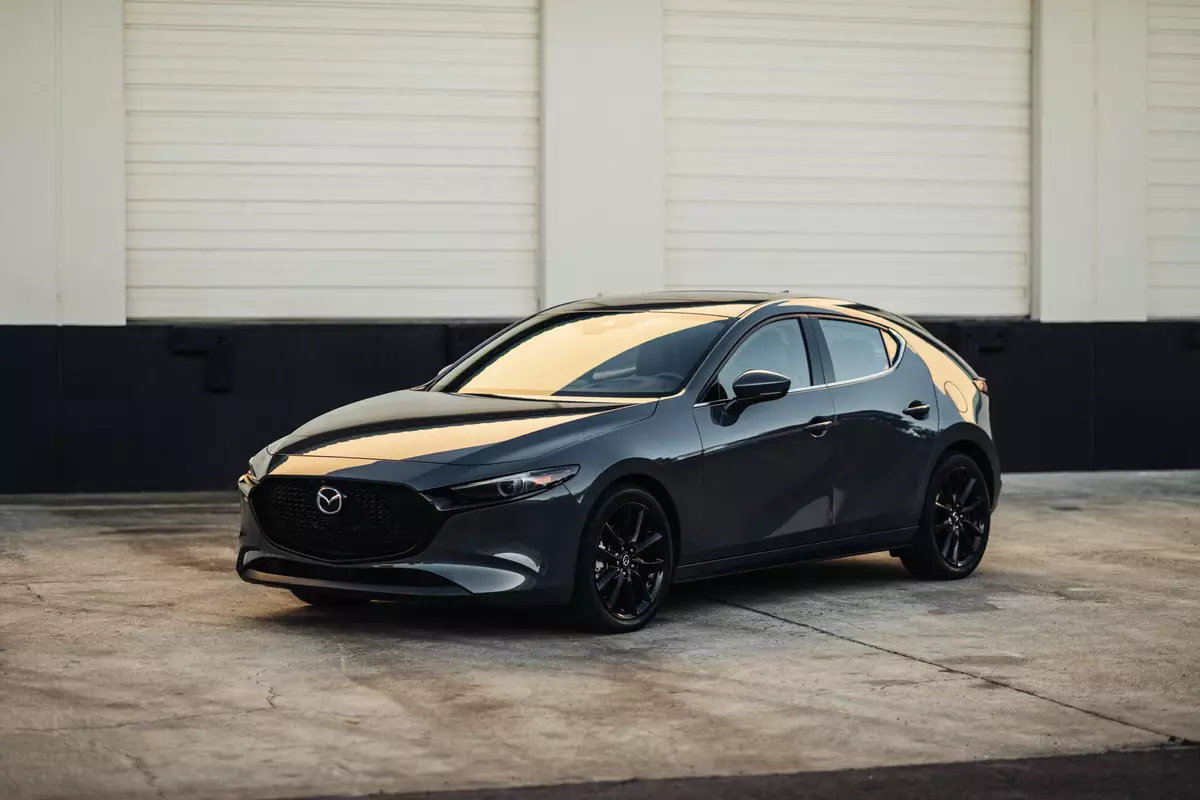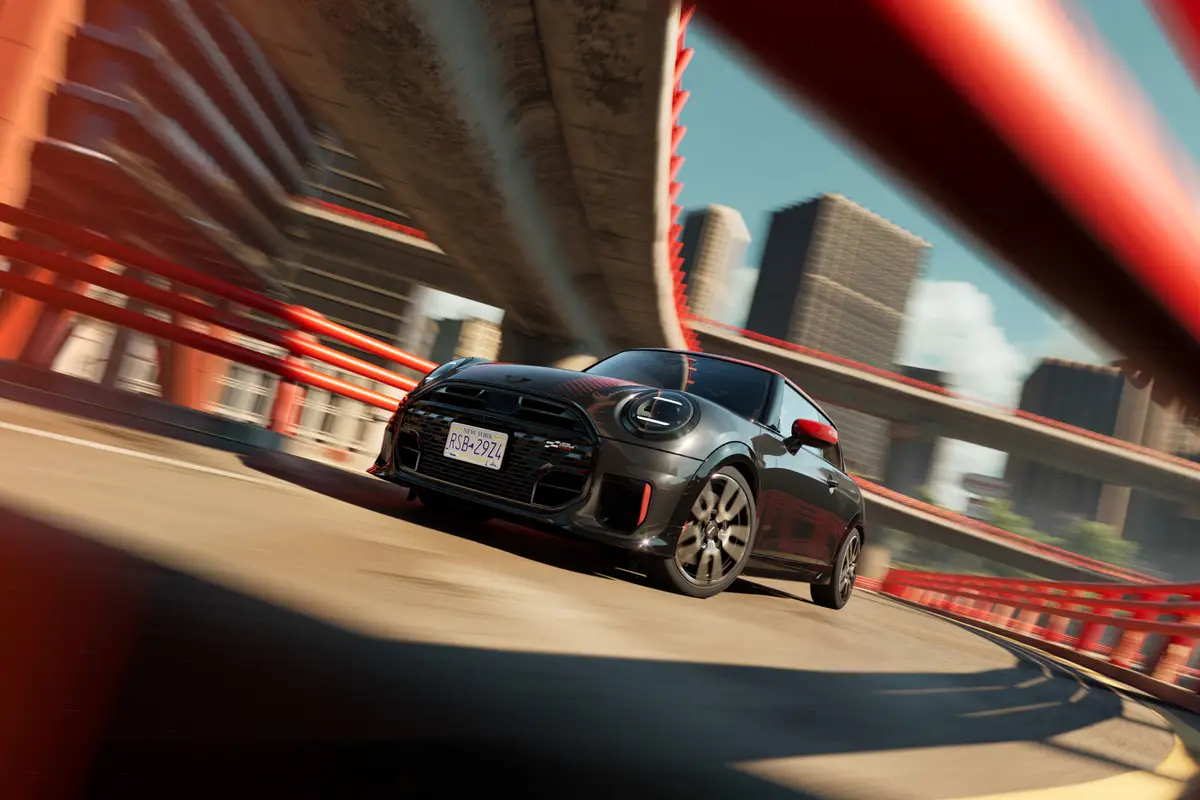Boston.com's view
So what was wrong with 0-60 in 4.7 seconds?
What was wrong with a Corvette – the C5 introduced in 1997 – that was a firm step up in performance and handling from the C4?
What was wrong with building, arguably, one of the best-bang-for-the-buck, high-performance cars on the world stage?
Well, if you’re a Corvette engineer, it’s in the blood – always the need for that one more tweak, that handful of horses.
Zora Arkus-Duntov, Daddy to the ‘Vette, did it in the early 1960s with a surreptitious performance package that got around industry limits on race cars hitting the road. With his Z06 Sting Ray in 1963, he created a classic.
By 1997, the Vettesters had given us the stiffest, best-performing Corvette yet, the C5. The 2000 C5, with its 5.7-liter V-8, offered 345 horsepower, 350 lb./ft. of torque, a fine suspension and a solid, stiff ride. The roadster I drove earlier this fall had none of the creaks and squeaks you might expect in a roadster.
I was quite impressed. But now comes the Z06, and as the fairly stripped-down version I drove, it comes cheaper than the $52,379 roadster of September. And it’s a better car.
If you want to tell the Z06 from the typical C5, look for red brake calipers, stainless steel mesh in the air intakes at the fascia and in the panel behind each door (to cool the brakes). And the Z06 only comes in distinctive hardtop.
But that’s visual. Sit inside one – tucked into as roomy a two-seater as you will find, secure in well-bolstered seats – and take it for a drive. Now there’s a difference.
And that difference owes much to the new LS6 engine – a tweaked version of the small-block that’s in the C5. With modified block casting, a new intake manifold for better airflow, higher compression, a more aggressive cam – it lingers for deeper breaths – a higher redline thanks to tougher valve springs, and more generous fuel injection, the horsepower/torque numbers are up to 385/385.
And it’s not just a numerical progression. Torquewise, it’s a geometric leap because you can drop as low as 1,000 RPMs in fourth gear in the Z06, stomp the gas, and find the torque band awaiting you. And that’s remarkable since there’s a definite upper-end bias in the band that’s bound to make it a fine car for those who choose to race it (watch the name Earnhardt at 24 Hours of Daytona this winter).
That power plant (it delivered a remarkable 19-plus miles per gallon in more than a week of driving) is wedded to a new M12 transmission that is aggressively geared for quick bursts down low and that lingering torque up high. It is snappy and sure with shorter throws than those in the C5.
It’s a loud car to drive, and that may have something to do with the wide-open space behind the seats that leads to the trunk. But it’s a whale of a pleasure to drive: rigid and long-feeling, but sure afoot. It’s got three driver-assist settings: active handling and traction control togeth er; no help at all (be careful here); and competitive mode, which does away with the traction control but leaves active handling engaged. This lets you – great idea in a performance car – spin those rear wheels when you want to, and sometimes, in racing situations, you want to be able to do just that.
Keeping it rigid on the road is a suspension system that combines shocks, upper and lower control arms, transverse leaf springs, antiroll bars, and stabilizer bars.
It’s a stiff setup that gives you some stutter-stepping on bumpy rural roads, but makes for smooth, swift transitions in corners and on straightaways.
Globe colleague Tom Palmer, owner of a C4 and a ‘Vette enthusiast, took this one for a spin and told me: ”Compared with a Buick, it’s a rough ride. Compared with my old Corvette, you hardly felt the bumps.”
Exactly.
Its wide, sticky tires, with lines of thin tread on the inside and two broad bands of tread on the outer edges, make it cling to t road. And just as the engine will set you back in your seat at acceleration, the 12.5-inch disc brakes front and rear will pull you right into your shoulder harness in hard stops.
For more money, you could add more to this car – heads-up windshield display, power for the passenger seat, fog lights … .
But coming in at under $50,000 as is, it is just too fine a buy to be tinkering with.
Nice Touch:
The telephone port inside the center console, complete with notch for phone line to snake under the closed cover. No wires dangling from dash around the shifter.
Annoyance:
The flat-topped trunk lid offers nothing to grip to lift it once you have popped it. Wedge your fingers into the crack and lift.
Latest news



